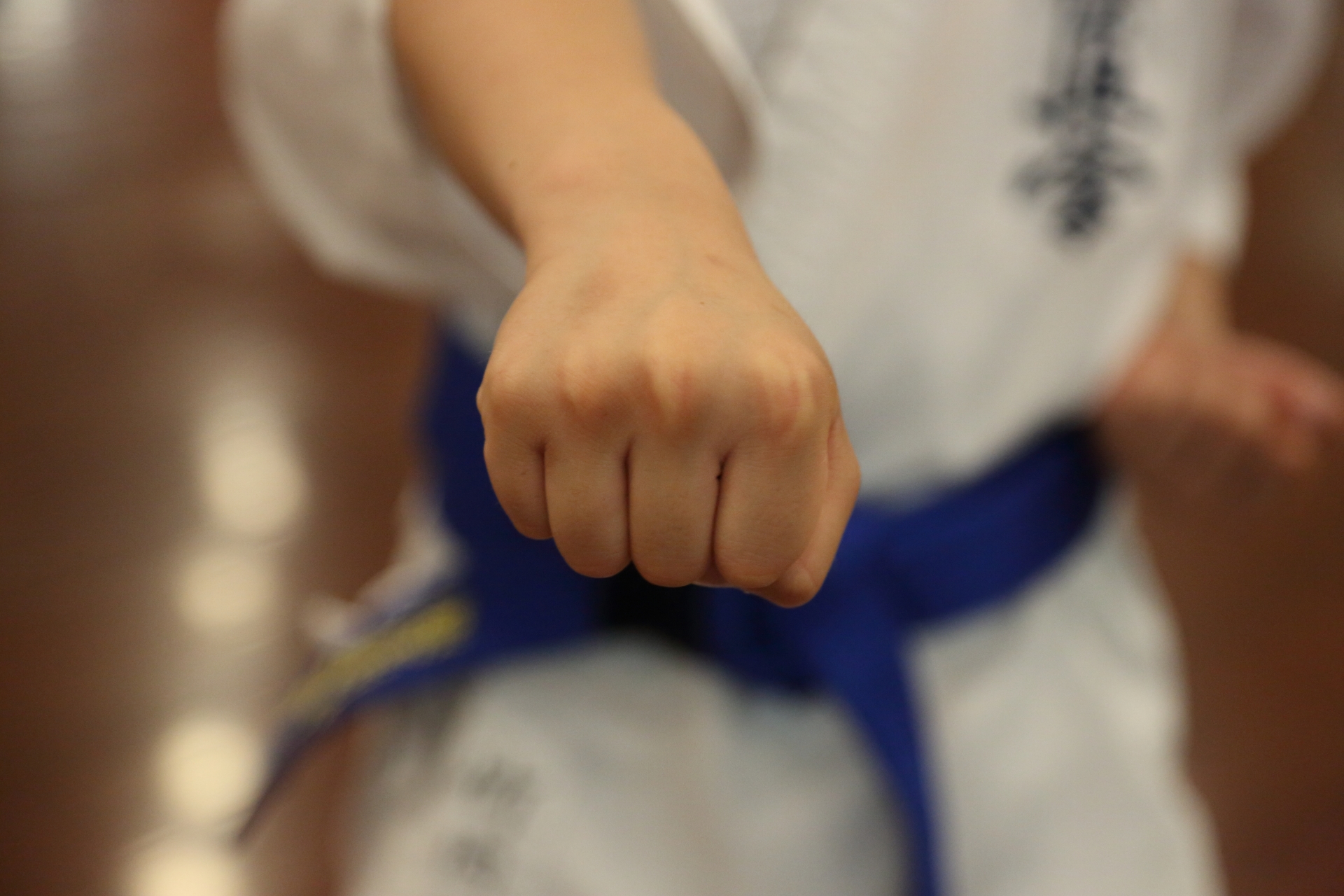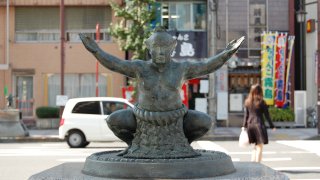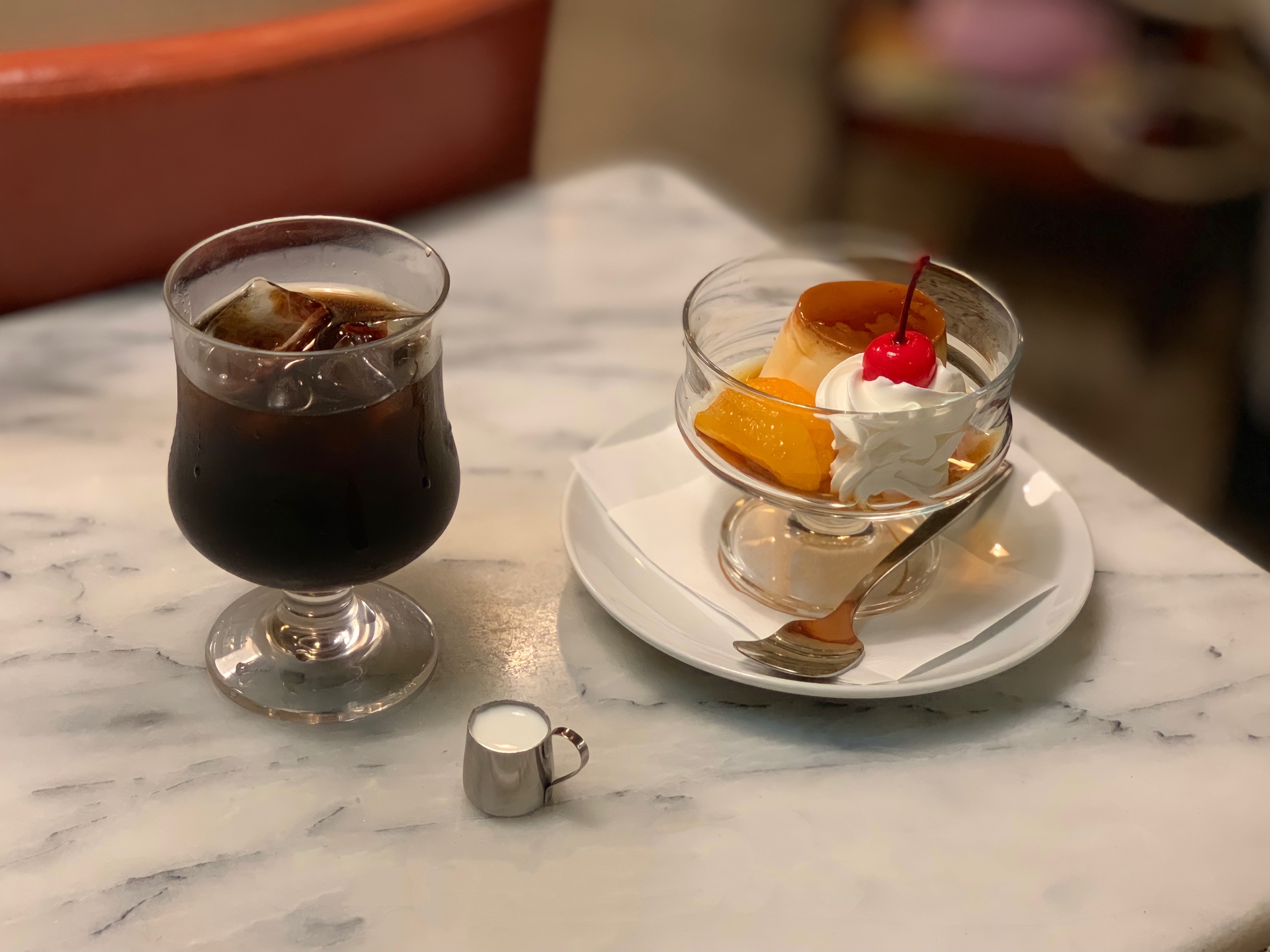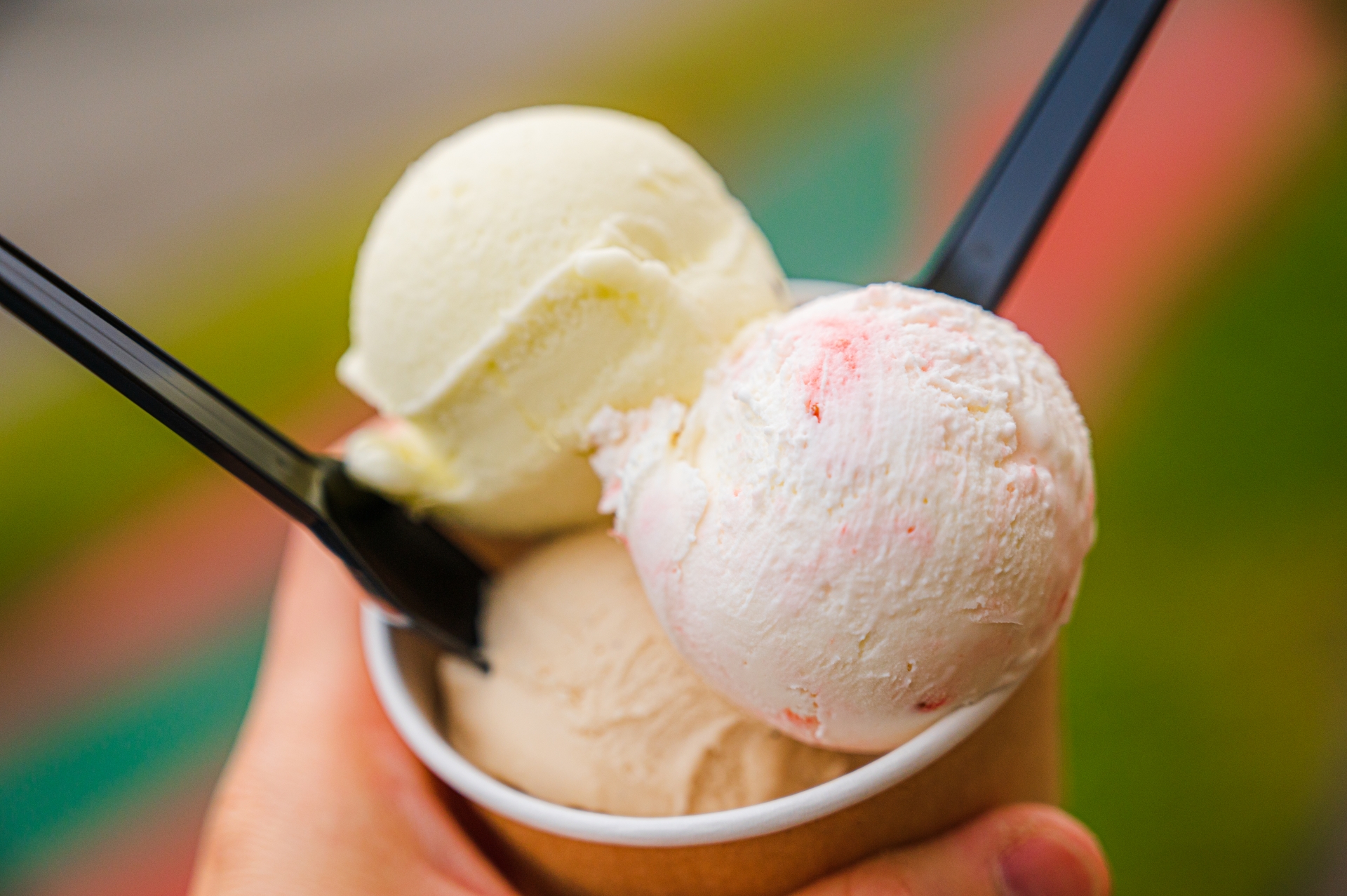Known as “Budo” (武道), which can be translated “martial way” in English, there are many different types of Japanese martial arts that have been developed and practiced for over centuries here in the land of the rising sun. While each individual Japanese martial art has different fundamental philosophic values, personal development and self-discipline are a common theme throughout all forms of Budo.
Learning Budo teaches us how to get through struggles and difficult times in life with a strong mind and a strong body. But what sets each of these Japanese martial arts apart and what makes them special? Here we introduce some of the most prominent Japanese martial arts to give you a better idea!
Sumo (相撲)
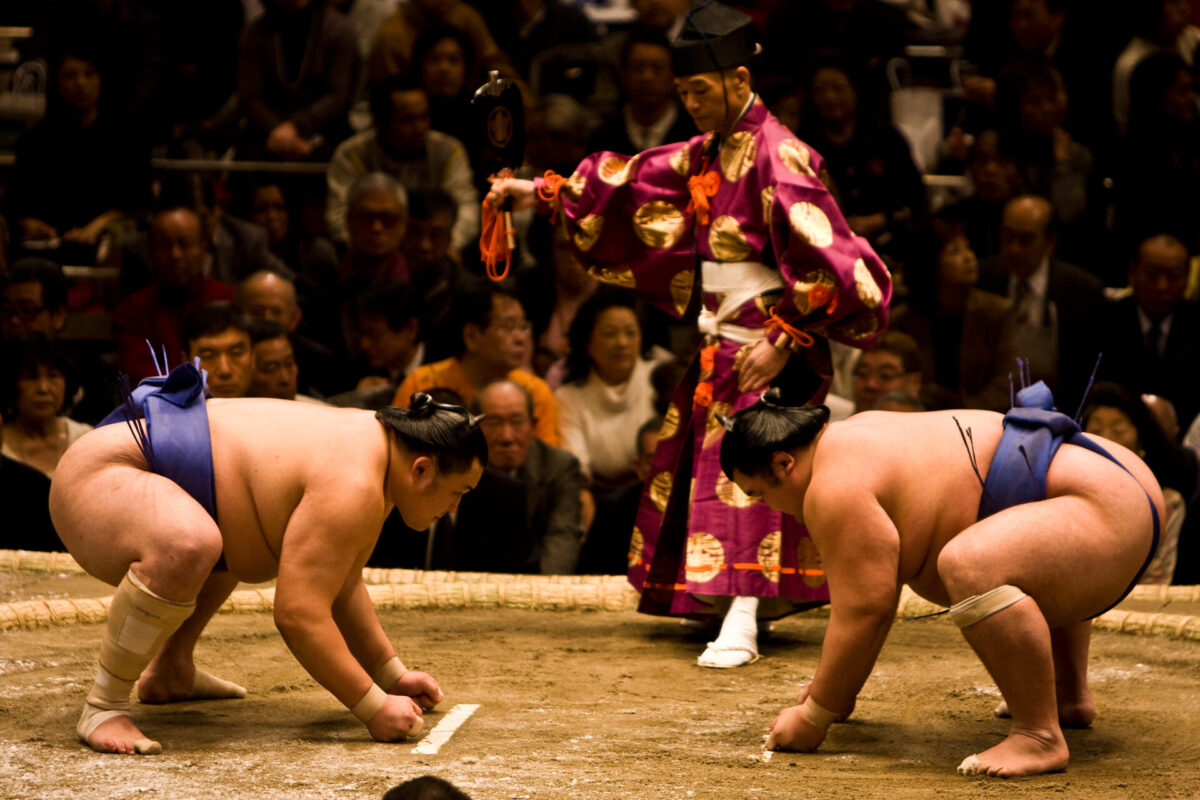
Sumo is a form of traditional Japanese Wrestling which has been adored as Japan’s national sport for centuries. It is widely known as the oldest sport in Japan which has been played since ancient times as it was originally performed to entertain the gods of harvest at Shinto ritual festivals some 1,500 years ago.
Since then, Sumo has transformed throughout the ages and it was during the Edo period (1603-1868) when Sumo finally became a popular sport among the common people. Modern rules of Sumo were also established during the time and have hardly changed even today.

Judo (柔道)
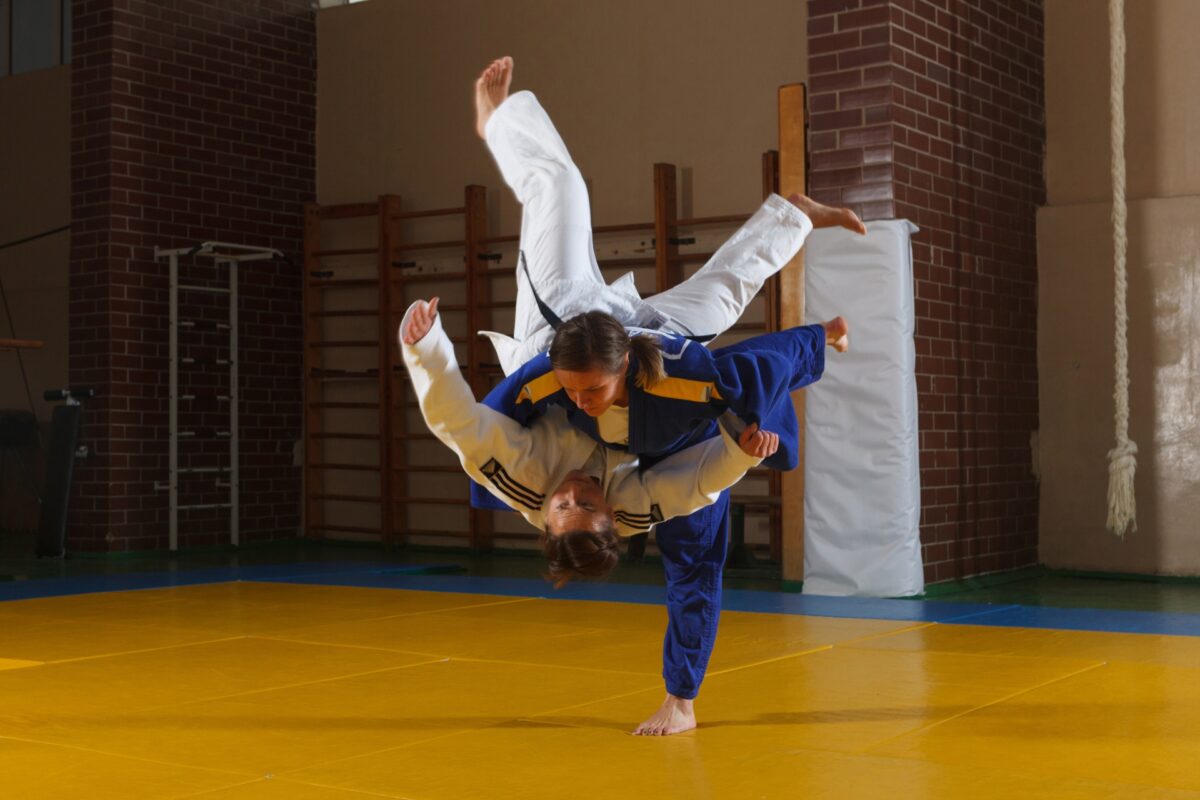
Judo is probably one of the most famous Japanese martial arts worldwide and has seen massive success in expanding overseas. It was officially chosen as an Olympic sport along with Karate and sees athletes ranging from children to the elderly.
While Japan is the country with the most Judo athletes at a staggering 175,000 “Judo-ka”, France has over 560,000 players, and Brazil has far eclipsed Japan with the largest number of Judo-ka at over 2 million.
The history of Judo dates back to 1882 when the founder, Kano Jigoro, established a new form of physical practice and self-defense techniques based on using the opponent’s momentum against themselves. Modern Judo techniques combine traditional Japanese Jiujutsu (柔術) as well, which was originally used as an effective form of unarmed combat by Samurai.
Karate (空手)
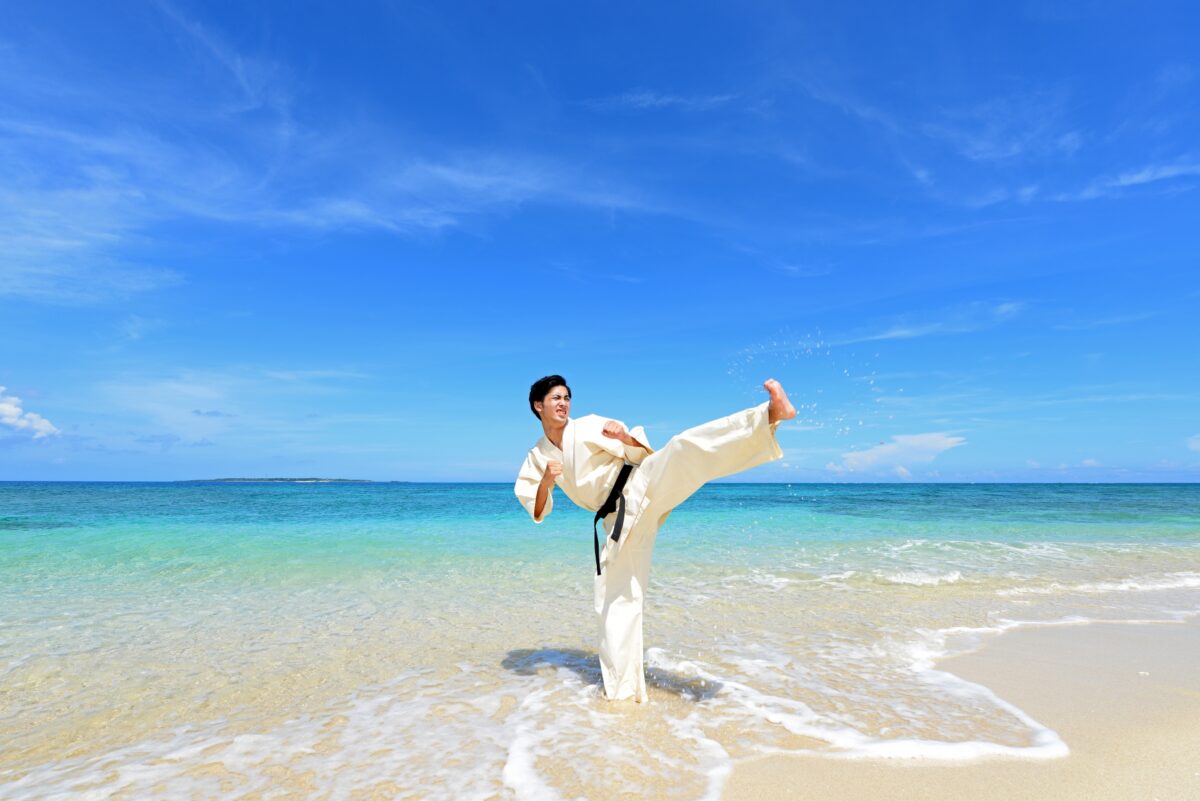
Although Karate is thought of as a traditional Japanese martial art, it actually originated in Okinawa back in the 14th century when Okinawa was still an independent kingdom. The translation of Karate in English is “empty hand” which refers to the unique fighting and defensive techniques that allow you to protect yourself without using weapons.
While it is now widely recognized as a competitive sport, a range of participants practice it for a number of purposes such as developing self-discipline, self-confidence, physical and mental strength, and much more. It was also officially added as a new Olympic sport for the Tokyo Olympics 2020.
Aikido (合気道)
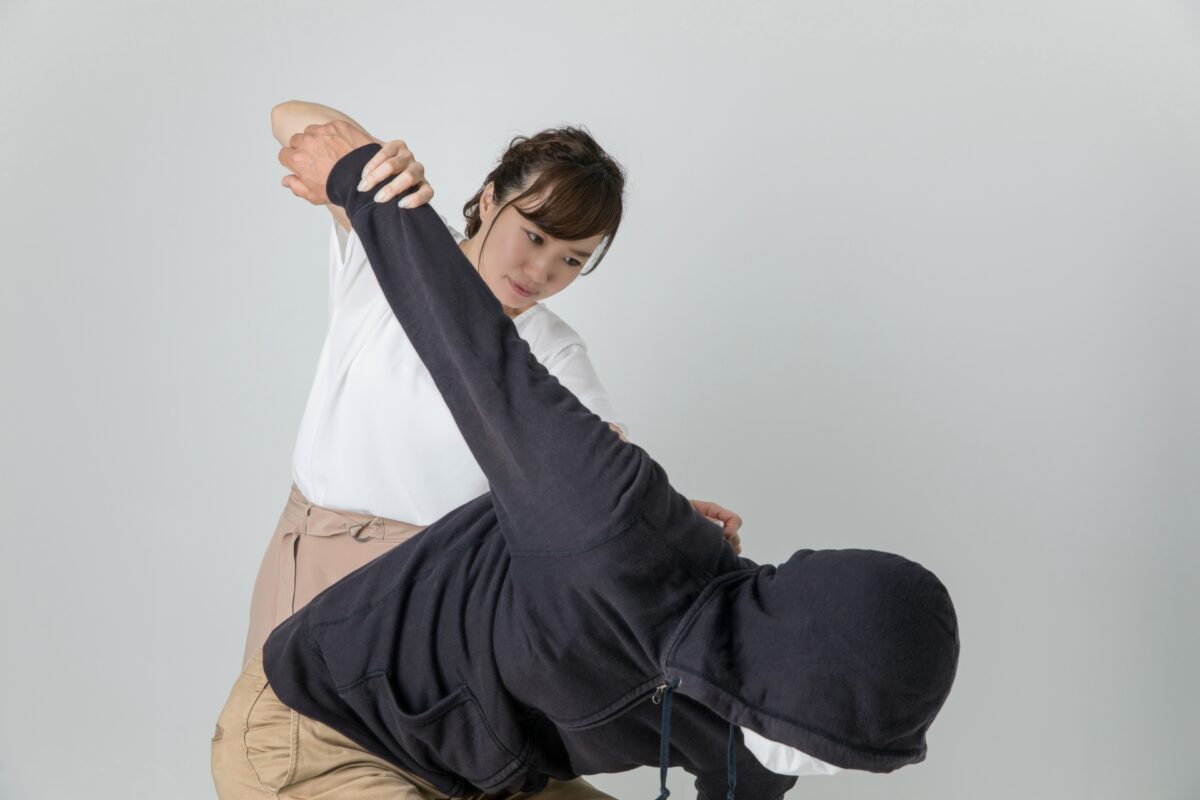
Aikido is another form of Japanese martial art and was founded by Morihei Ueshiba in the early 20th century. The training of Aikido particularly puts emphasis on self-defense techniques and mental development rather than physical offensive attacks.
Traditional Aikido techniques are based on distinct circle movements which redirect the force of the attacker back toward them without using your own power. Therefore, it doesn’t require any strong physical abilities and can be enjoyed by anyone regardless of age or gender. Learning Aikido helps people not only learn defensive techniques but also build self-confidence in themselves.
Kendo (剣道)
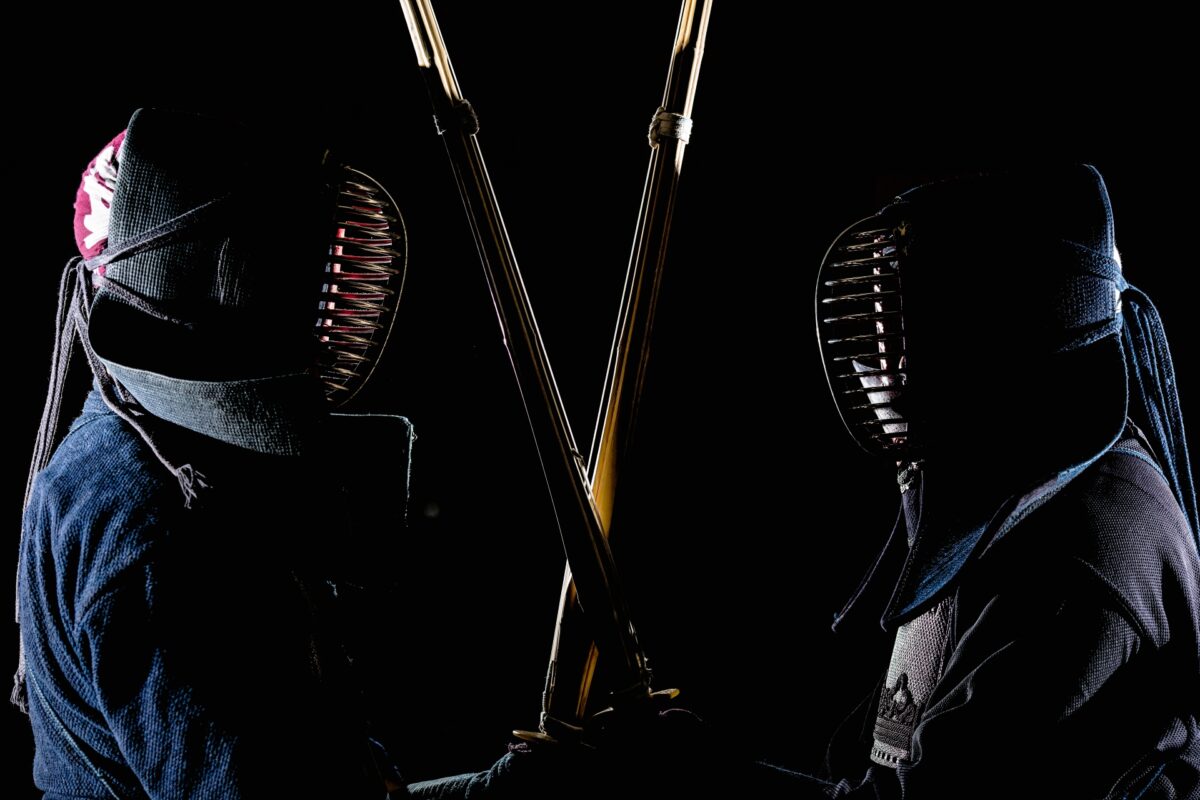
Kendo is a modern Japanese martial art that uses bamboo swords and protective armor. It is widely taught at schools in Japan as a part of the P.E. curriculum or as a part of club activities.
Techniques of Kendo are based on the traditional swordsmanship called “Kenjutsu” (剣術), which was used by Samurai warriors back in the 13th – 14th century. In Kendo matches, competitors need to strike precisely the specific parts of the body of their opponents and get the points needed to win. Learning Kendo teaches you not only how to defeat the opponent, but also how to build a strong body and mind by practicing the traditional way of the sword.
Kyudo (弓道)
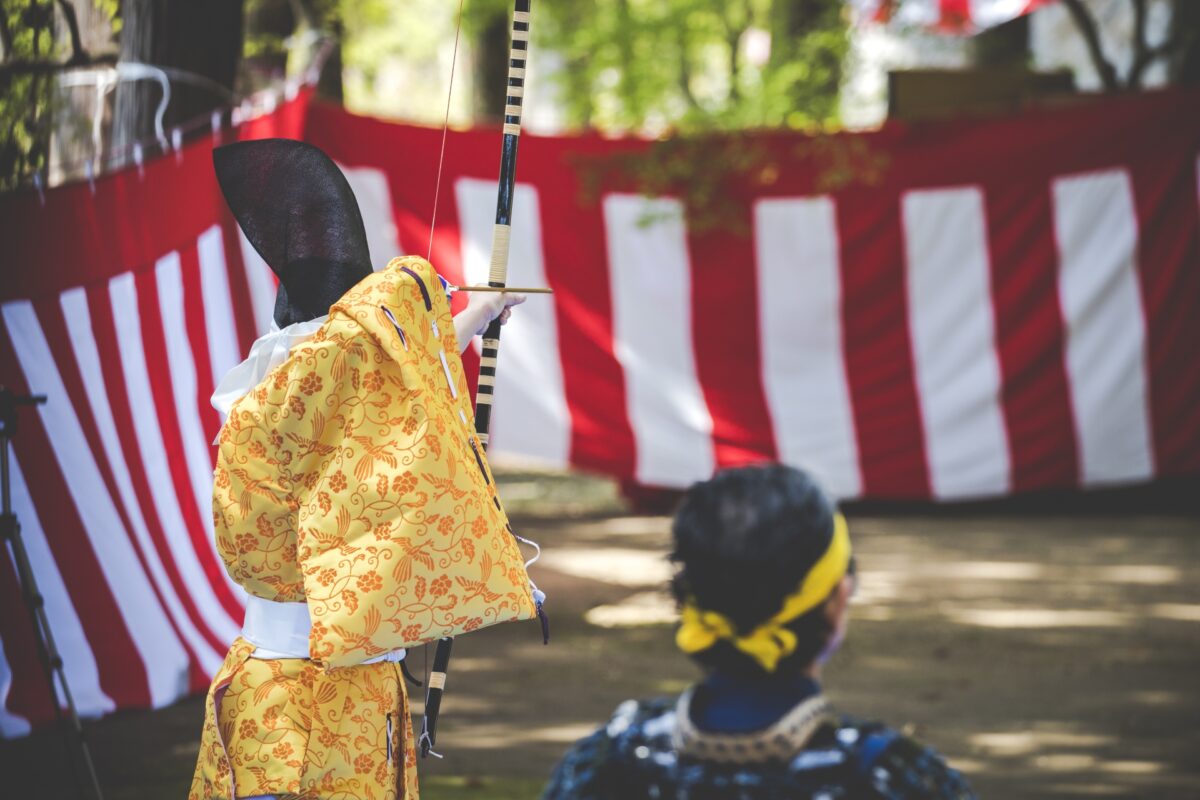
Kyudo is a traditional form of Japanese archery which literally means “the way of the bow”. The history of Kyudo can be traced back to ancient times when people used bows and arrows to hunt animals.
During the 12th century, a turning point occurred and more sophisticated and elaborate shooting skills and techniques were developed by Samurai warriors as a means of training and self-discipline. These techniques were also often employed in battles. Today, Kyudo is taught in some schools as a club activity in Japan and has been gaining a rise in popularity around the world as a competitive sport.
Iaido (居合道)
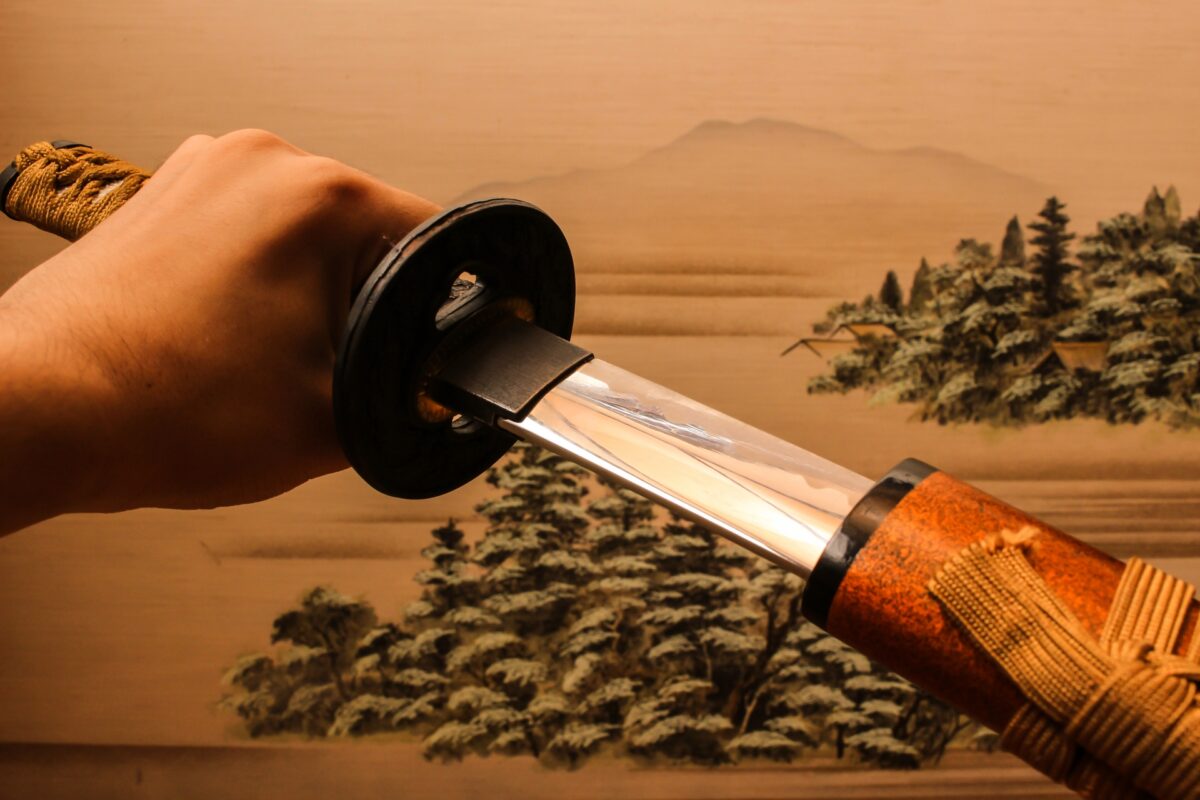
Iaido is a Japanese martial art that focuses on the carefully controlled movements of drawing one’s blade. The origin of Iaido can be found back in the mid-16th century when traditional sword techniques were developed by Samurai warriors in Yamagata Prefecture.
Training in Iaido typically starts with learning forms called “Kata” (形), which helps you smoothly respond to sudden attacks by quickly drawing a sword. Iaido techniques may not sound practical in the present day, but they also teach us the way to train our body and mind through applying traditional sword skills to our daily lives which have been preserved for centuries.
Recommended Experiences
2-Hour Genuine Samurai Experience Through Kendo in Tokyo

Comprehensive SAMURAI course at a real dojo(Iai・Gekken・Test cutting)

Japanese Archery (Kyudo) Experience in Tokyo

Japanese martial arts are not only enjoyed in Japan but are widely popular around the world today. Some of them such as Judo and Karate are now widely practiced as modern competitive sport that helps people stay healthy and develop mental strength.
There are also a number of martial art clubs and schools around the world which aim to spread the influence and popularity of Japanese traditional martial arts and its philosophy. If you are interested in them, learning their history and traditional techniques will allow you to deepen your understanding of these intriguing cultures!
Follow us on Instagram, Facebook, and Twitter for more travel inspiration. Or tag us to get featured!
Happy traveling!
Other articles you might be interested in

Miho Shimizu is a Japanese freelance writer settled in Shizuoka with her husband and two rabbits. Fascinated with traveling at the age of 18, she has spent most of her long holidays exploring incredible spots around Japan. Also love to listen to music, draw, and read novels over a cup of green tea.
This post may contain some affiliate links. When you click through and make a purchase we may receive some commission, at no extra cost to you.
